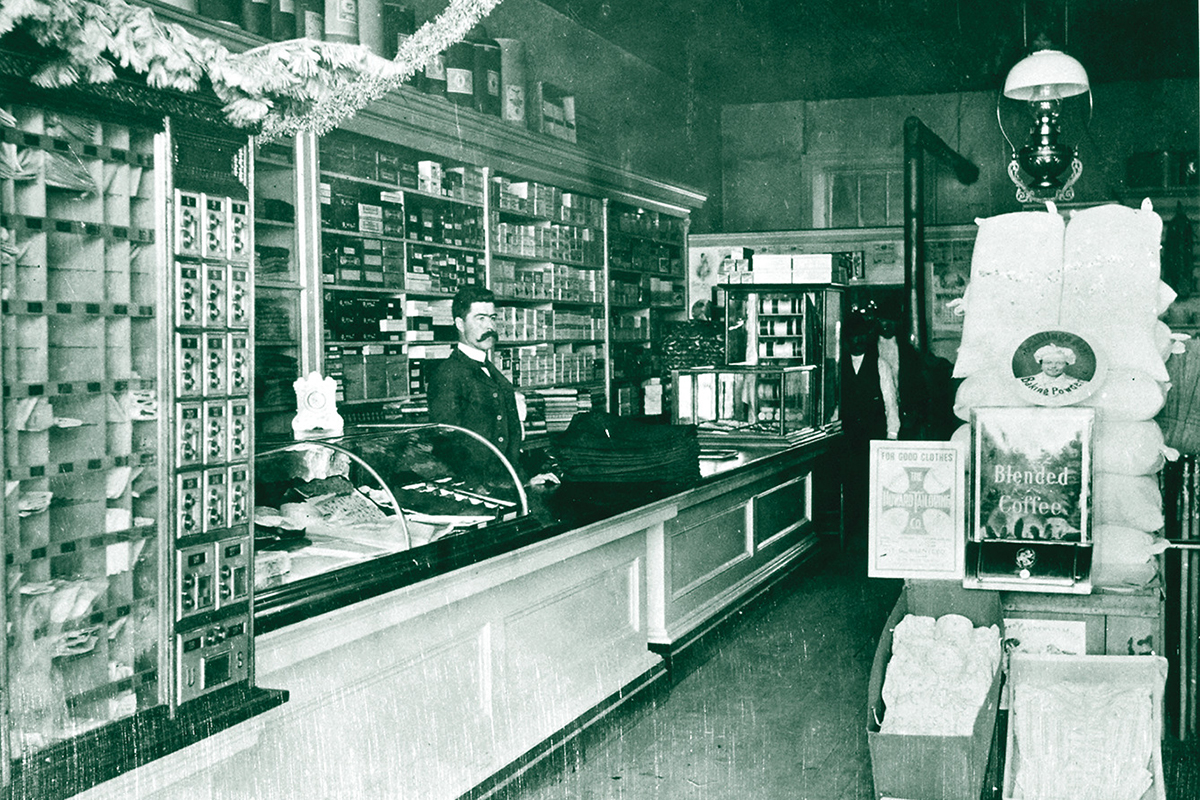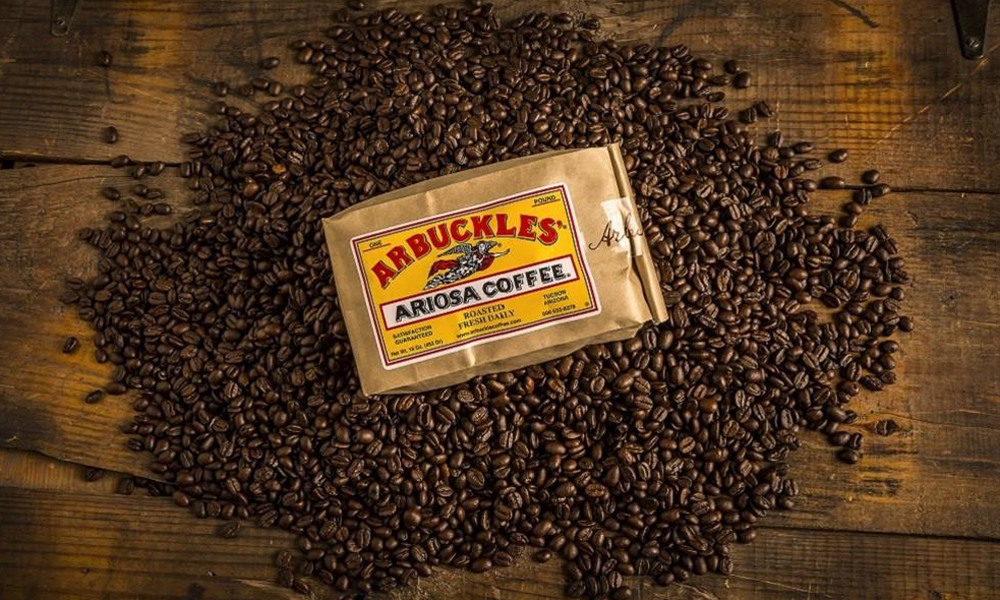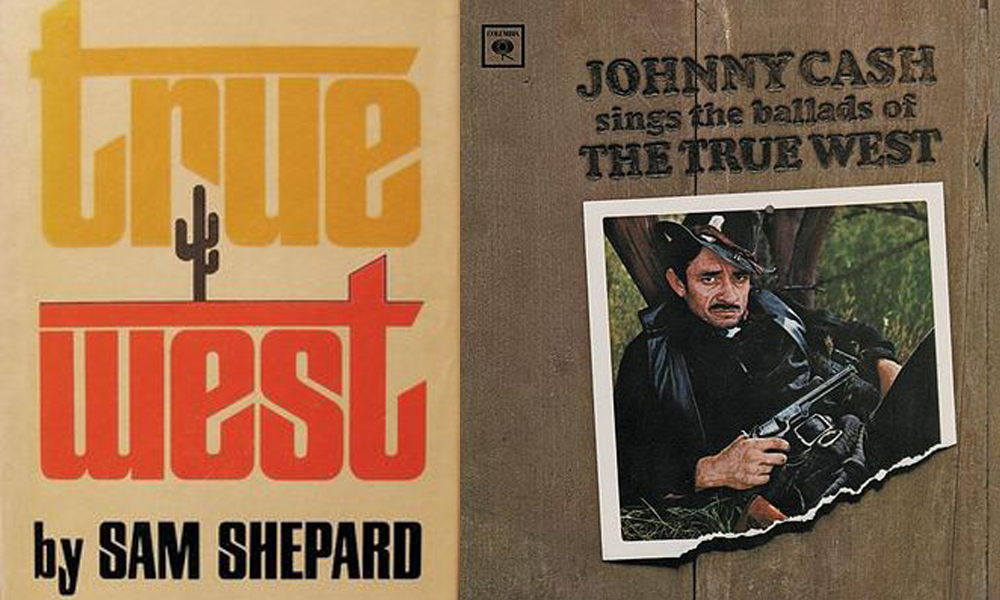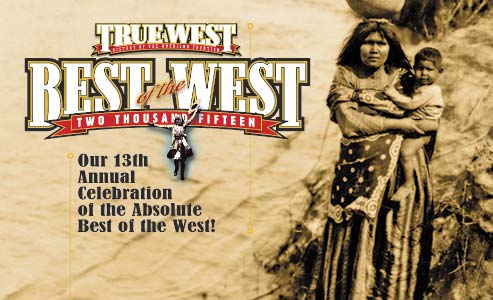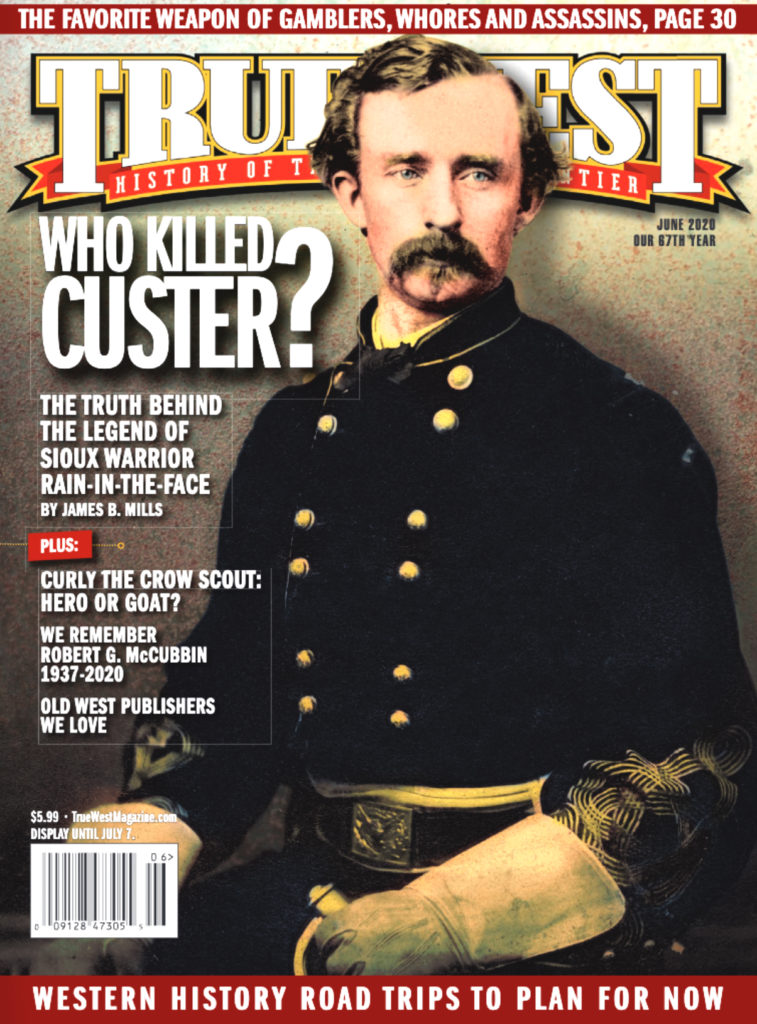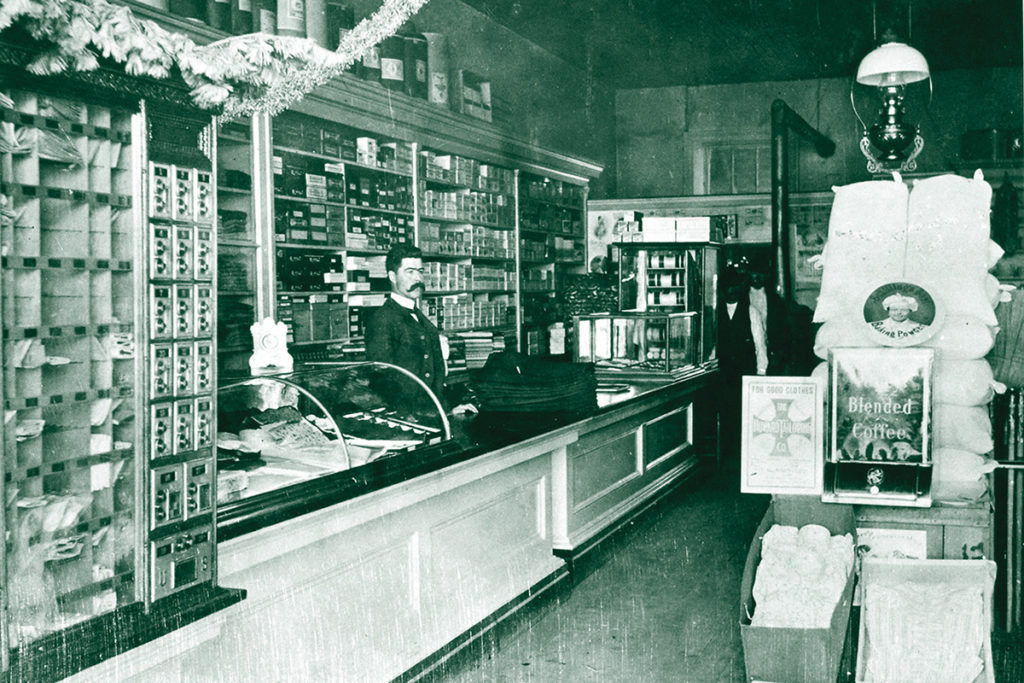
Fred M. Buckingham (behind the counter) sold everything from firearms
to coffee (right, foreground) in his Humboldt Valley store.
– Photos Courtesy Library of Congress’s Paradise Valley Folklife Project Collection –
I know, it sounds like the start of a bad joke, but they all did. During the 19th century they frequented the local grocer, mercantile or family goods store. Most carried produce, canned goods, dried foods, spices, coffee, flour and anything food-related. Many sold gun- powder, coal oil and dynamite right alongside onions and oysters.
Pioneers planned their day to include a visit to the store to gather the ingredients for meals and other household items. In Little Rock, Arkansas, shoppers could find flour, lard, hams, sugar, syrup, butter, jellies and candies right alongside coal oil, soap, candles and vinegar. According to an advertisement in the March 29, 1870, edition of the Daily Arkansas Gazette, customers could also pick up some hay, bran and oats along with, “one thousand and one other things.” At Natt & Hammond’s in Stockton, California, pioneers chose from groceries, cement, plaster of Paris, fire bricks, nails and crockery. Carney, Fenlon, & Co. in Leavenworth, Kansas, offered eight types of sugar including New Orleans, loaf, crushed, and powdered. They sold coffee, nuts, canned fruits, sauces, soap, candles, crackers, tea, nails and wrapping paper.
Lincoln, Nebraska’s Good Luck Grocery offered quite a selection of high-end provisions in 1883. They advertised, “…everything in the grocery line to be found in a first-class house. Prices guaranteed lower than any other house in the city.” They sold Eagle condensed milk, Spanish olives, French peas, fresh oysters, Royal baked macaroni, Italian salad oil, Batavia canned goods, Crosse & Blackwell’s pickles, Anderson’s bulk preserves, Scotch orange marmalade, New York cream cheese, British salt, Mack’s milk chocolate, imported Edam and parmesan cheese and several types of coffee. They sold Tebbett’s Arabian mixture, Arbuckle’s Ariosa, Dillworth’s Java, Levering’s roasted Rio, O.G. Mandheling’s Green Java and Arbuckle’s Paska roasted coffee.
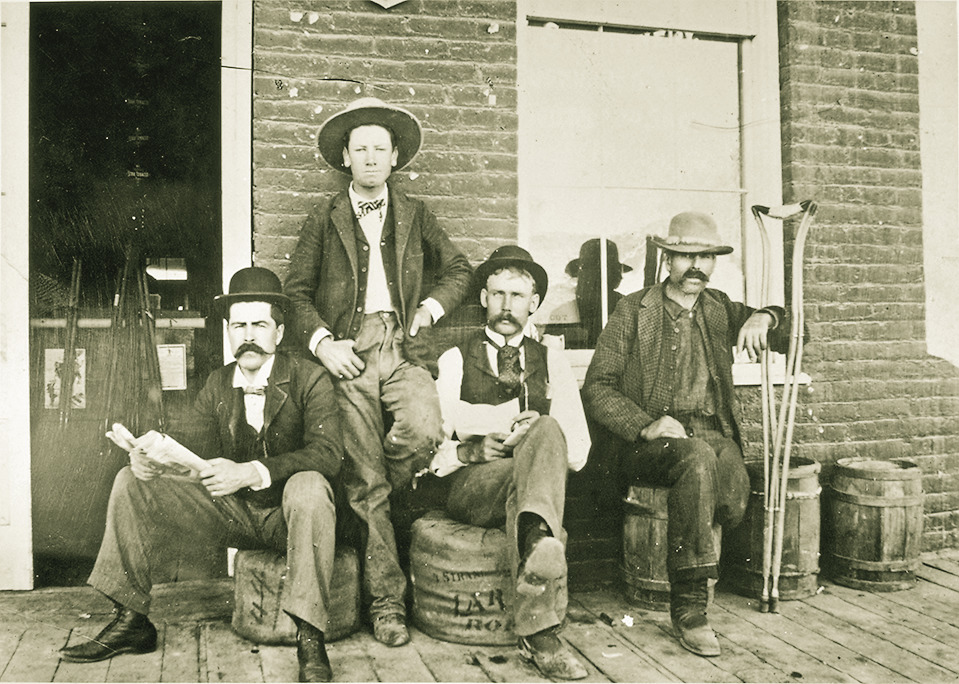
Coffee was a big deal on the frontier, and in the early days it was sold green and had to be roasted before it was ground and brewed for a hot beverage. Mercantile stores often advertised when they received a coffee grinder and offered roasted coffee for sale. Ricker & Lee in Galveston, Texas, noted they were roasters of coffee and grinders of spices. It was much easier to just brew up that steaming cup if all the hard work was done for you. Grocers in Caldwell, Idaho, assured their customers, “No more swearing over the old coffee grinder on cold mornings. Stiles & Dunbar grind all coffee purchased of them free.” The Daily Huronite in Huron, South Dakota, reported, “In one of the show windows of Colcord & Richardson’s grocery establishment is a water motor that runs their coffee grinder. It is a ‘little daisy’ and does it work well.” The Cooke City Store in Montana began in 1886 and still operates today. If you want to step back in time, this is your chance. Not much has changed inside, and they still have the same display counters as well as old equipment. Even though shoppers’ tastes have changed, you can still get some penny candy from old barrels.
Did you know that iced coffee was a novel idea that people on the frontier were enjoying in the 1800s? It’s true and here’s an 1884 recipe to sample.
Sherry Monahan kicked off her journey into Old West cuisine, spirits and places by authoring Taste of Tombstone. Visit SherryMonahan.com to learn more about her books, awards and TV appearances.

